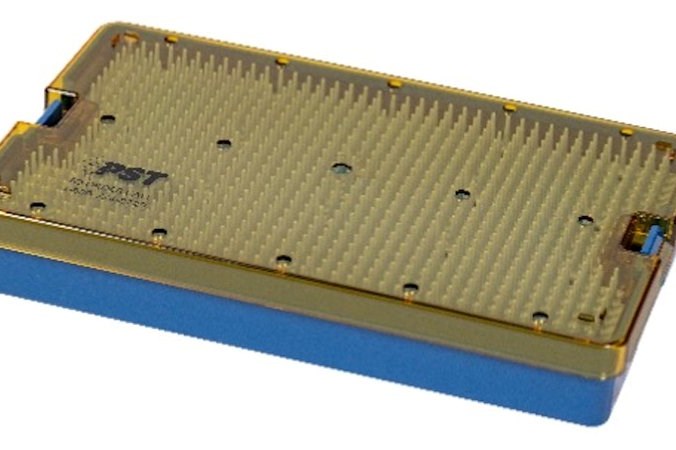Unreinforced Amorphous PEI for Medical Devices & Pharmaceutical Applications
SABIC’s new Ultem HU resins help manufacturers choose alternatives to ethylene oxide sterilization.

A new family of biocompatible (ISO 10993 or USP Class VI , unreinforced amorphous PEI (polyetherimide) resins from SABIC can help manufacturers of medical devices and pharmaceutical applications choose alternatives to ethylene oxide (EtO) sterilization. This in anticipation of a new ruling by the U.S. Environmental Protection Agency (EPA) that may reduce EtO emissions from commercial sterilization facilities, which has increased demand for materials compatible with other sterilization methods.
Ultem HU resins are stable across many popular sterilization processes including, vaporized hydrogen peroxide (VHP) gas plasma, steam autoclave, gamma radiation, electron beam, X-ray and ultraviolet-C. Moreover, they have been shown to retain their high strength, dimensional stability and attractive aesthetics such as color retention, under exposure to repeated sterilization cycles. This can help reduce breakage and discoloration, thereby potentially extending the useful life of applications made with these materials. According to the U.S. Food and Drug Administration (FDA), approximately 50% of sterile medical devices are treated with EtO, totaling about 20 billion devices each year. EPA’s proposed rule would reduce EtO emissions by an estimated 80 percent.
Related Content
-
Polymer Showdown — PPO vs. PA66: May the Best Material Win
Second in a series, an expert from plastics engineering consultancy The Madison Group pits leading thermoplastics against each other to see how they differ in processing characteristics, chemical resistance, thermal and mechanical performance, and more.
-
The Fantasy and Reality of Raw Material Shelf Life: Part 1
Is a two-year-old hygroscopic resin kept in its original packaging still useful? Let’s try to answer that question and clear up some misconceptions.
-
NPE2024 Materials: Spotlight on Sustainability with Performance
Across the show, sustainability ruled in new materials technology, from polyolefins and engineering resins to biobased materials.



